| This meal is gluten & dairy free. Ingredients are: fish fillets, 1 slice bacon, olive oil, coconut oil, quality salt, nutmeg, plus from my garden: Fennel Parsley Chives Lemon Ruby Chard Garlic Pumpkin Below is step-by-step how I made the whole meal. If you would prefer individual recipes, then you can find them on my food blog HERE |
| So here's how I did it: 1) Turn on the oven to 180C then make a quick trip out into the garden with a basket to pick some Ruby Chard leaves, sweet-leaf fennel, parsley and chives. 2) Grab some pumpkin from the shelf and a garlic bulb from the plait on my wall 3) Chop pumpkin into chunks, removing the skin. Place it into a lidded casserole dish, sprinkle with Himalayan mineral salt, and add 1/2 cup water to steam it. Cover and place in oven. 4) Peel all the garlic cloves, then toss in a little olive oil to coat. Place cloves in a small oven proof dish and set aside. |
| 5) Wash the chard. Cut off the ends of the stems, then cut the stems from the leaves just below the base of the leaf. Bag the stems and refrigerate to be used in a soup another day. Taking leaves 2 at a time, cut them down the centre in the direction of the stem, then slice in the other direction into segments about 1.5cm wide. Place in a large bowl and set aside. 6) Wash fennel and shake off water. Remove fronds from stems. We're just going to use the stems. This is sweet-leaf fennel which doesn't form a bulb. If you have bulbing fennel, slice some bulb up instead. Chop the stems into small rounds and set aside. 7) It's now time to pop the garlic into the oven beside the baking pumpkin. Be sure and shake the dish every few minutes to cook evenly without burning. When golden and tender, remove the dish from the oven and set on stovetop for now. 8) Wash the parsley. Decide you've picked too much, so eat one head. Finely chop the rest of the parsley, discarding stems. Realising you've got too much for this one dish, spoon the extra into an ice cube tray, tamp down lightly and cover with olive oil. Freeze. These parsley and oil cubes can be added to future dishes. Meanwhile, set aside the remaining chopped parsley in a small bowl. 9) Wash and finely chop chives. Add to bowl with parsley. |
11) Remove packaging from Tarakihi fillets, and coat in brown rice flour.
12) Check on the pumpkin. If it's tender, remove from oven, set aside, and turn oven off, leaving door ajar to cool a bit.
13) Pause in cooking to feed the dogs and cats and get them out of my way. Wash hands.
| 14) In a large pot on the stove, melt some coconut oil. Add the slice of bacon, turning as needed until cooked. Remove bacon to a plate, and chop it up. 15) At the same time, in a large non-stick frying pan, saute the fennel in some melted coconut oil until tender, then remove from pan and set aside. 16) Place the fish fillets in the frying pan to begin cooking. 17) Now add your bowl of prepared chard to the large pot - the moisture clinging to the leaves from washing it will be all you need to steam it. Sprinkle over a little quality salt, toss in the chopped bacon, give it a mix up and put the lid on. Steam over low-ish heat until tender then remove from heat. 18) Meanwhile, the fish will need carefully turning over. Once just tender, add fennel, parsley and chives to the pan, squeeze over the juice of half a lemon fresh, and drizzle with olive oil. Remove from heat. 19) Roughly chop the roasted garlic, add to the cooked, drained pumpkin with a sprinkling of nutmeg and mash. 20) Carefully lift a fish fillet onto each plate, add a serving of chard & bacon, and mashed pumpkin & garlic. Enjoy! SOOO delicious! |
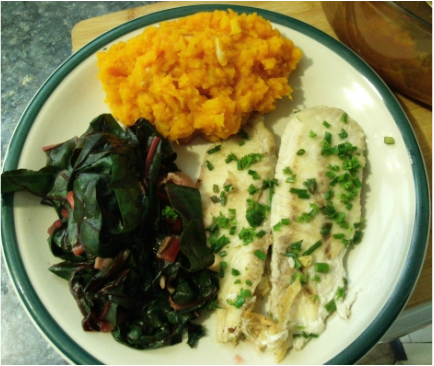

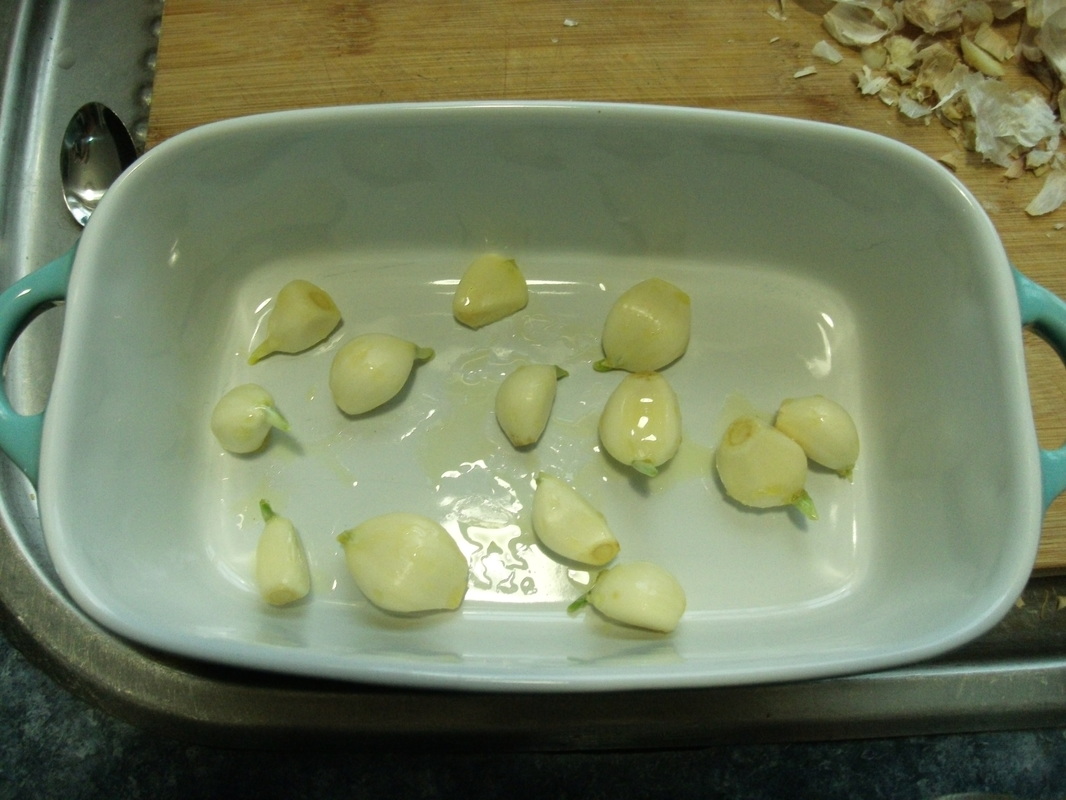
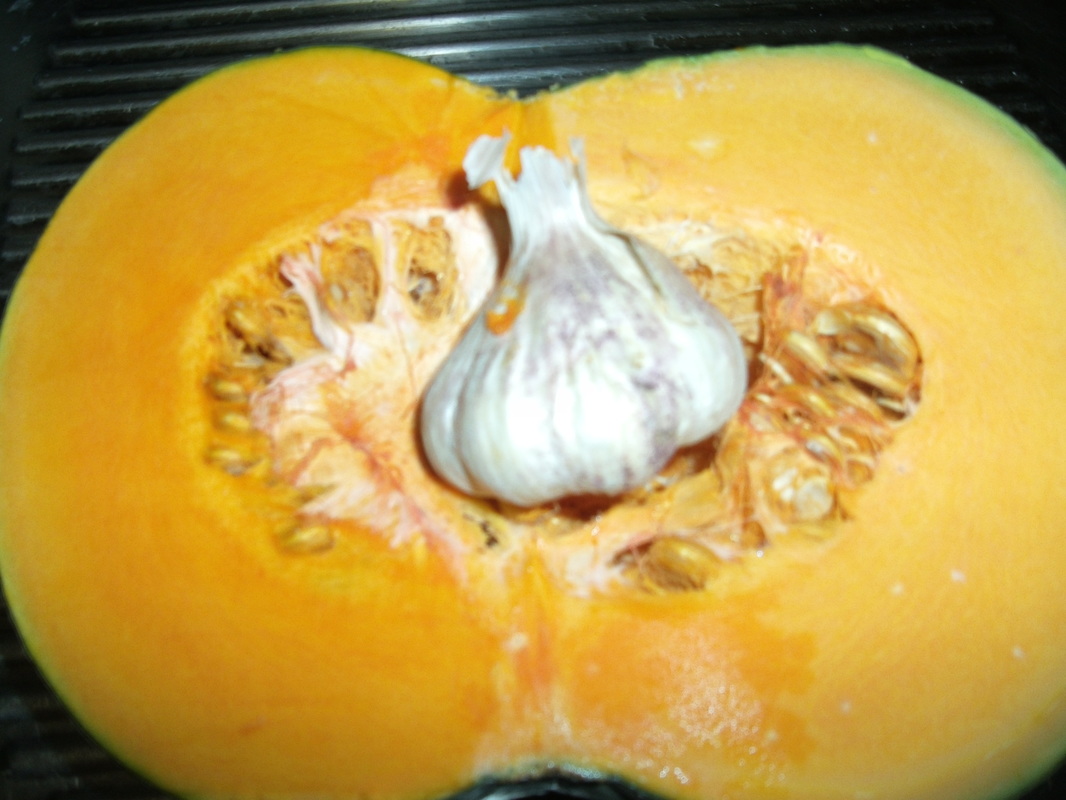
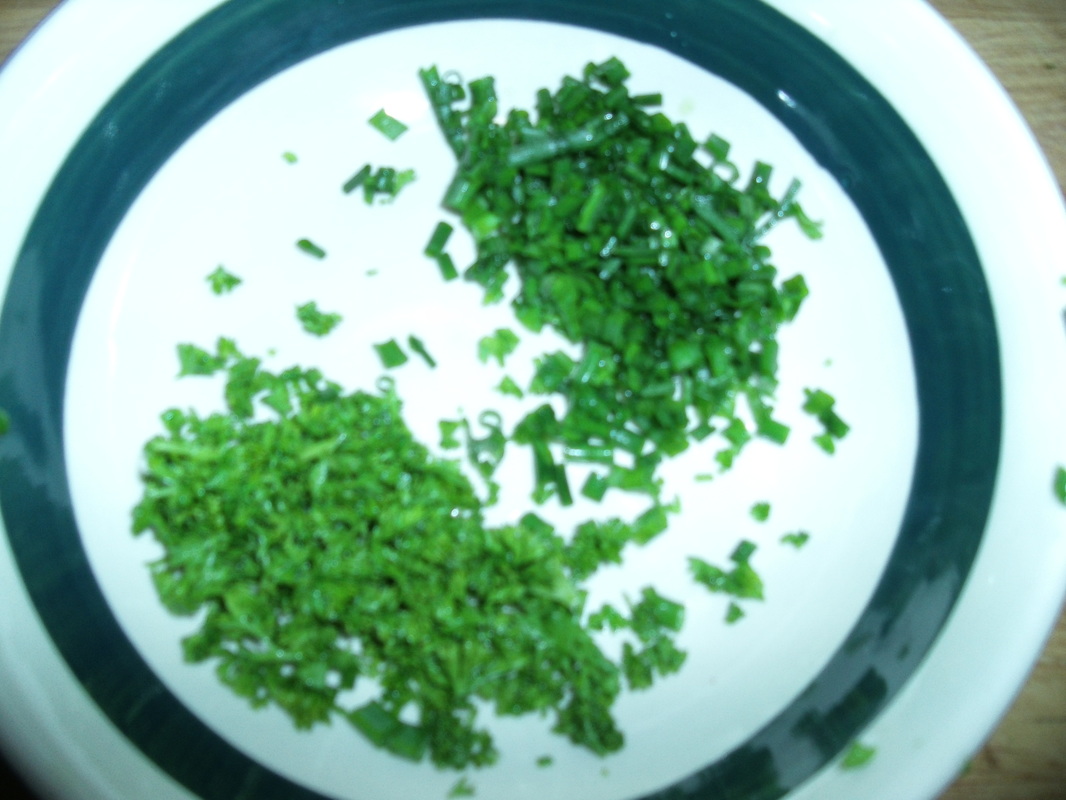
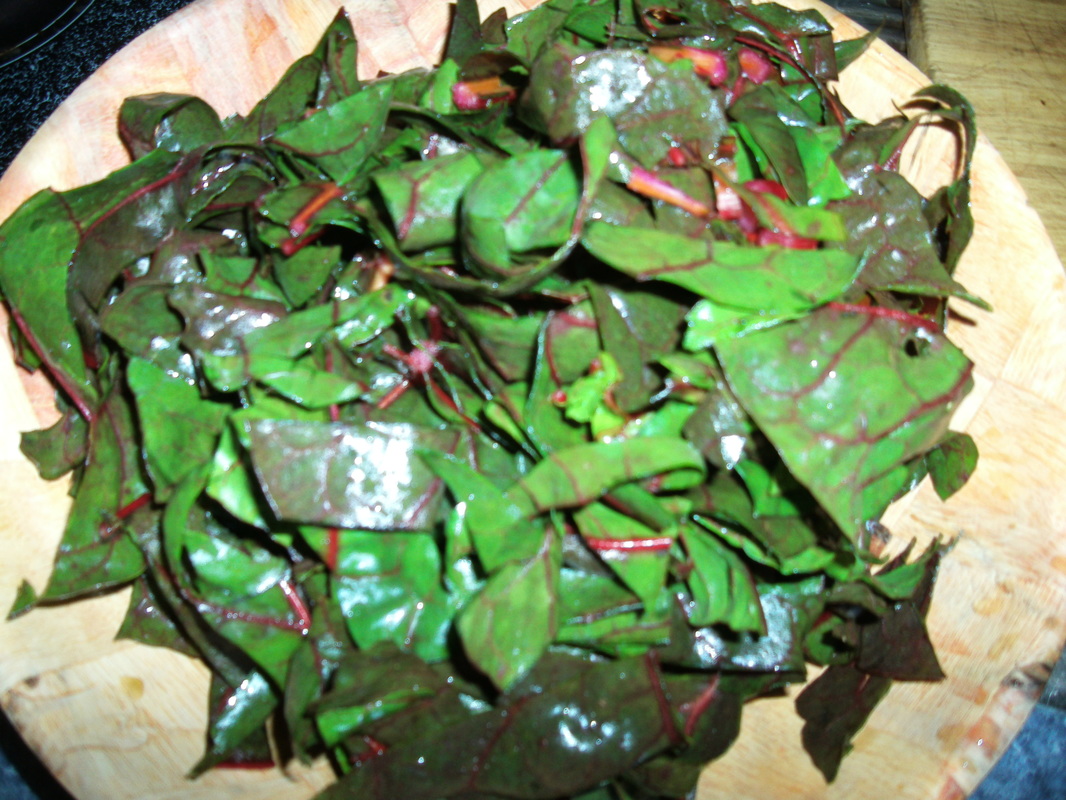
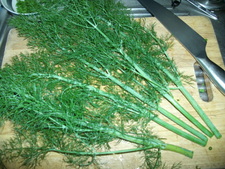
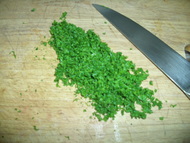
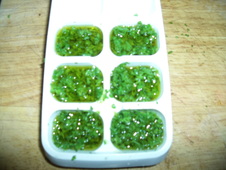
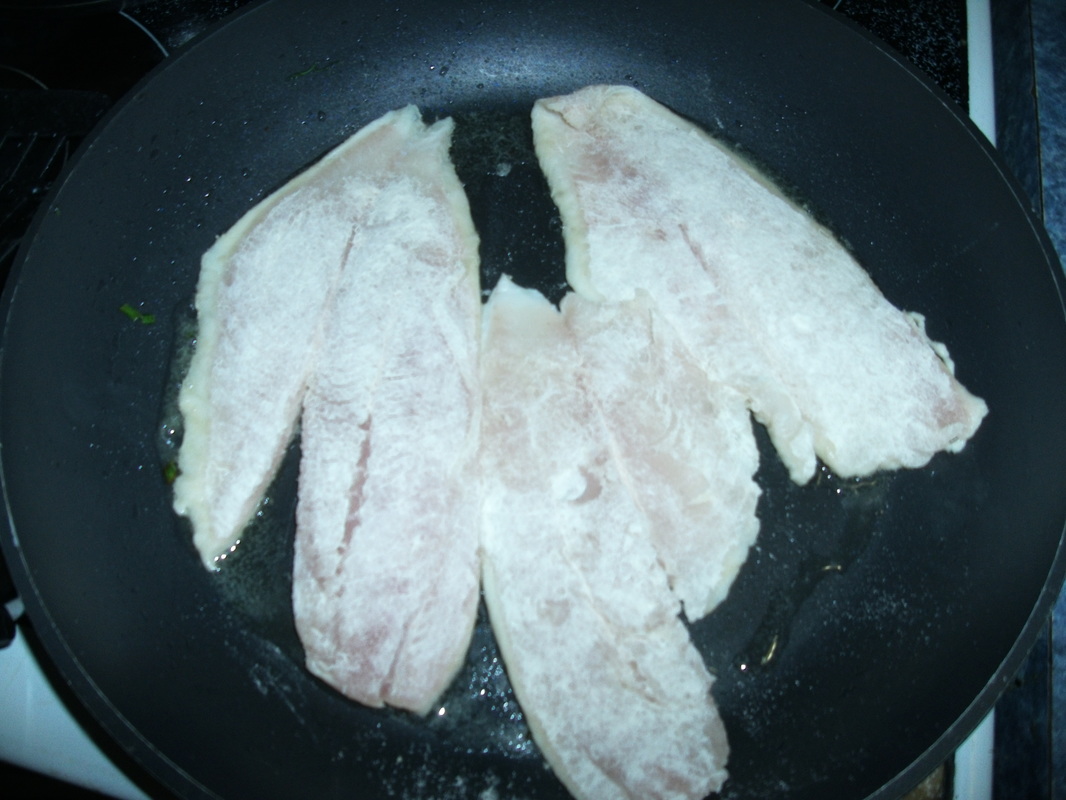
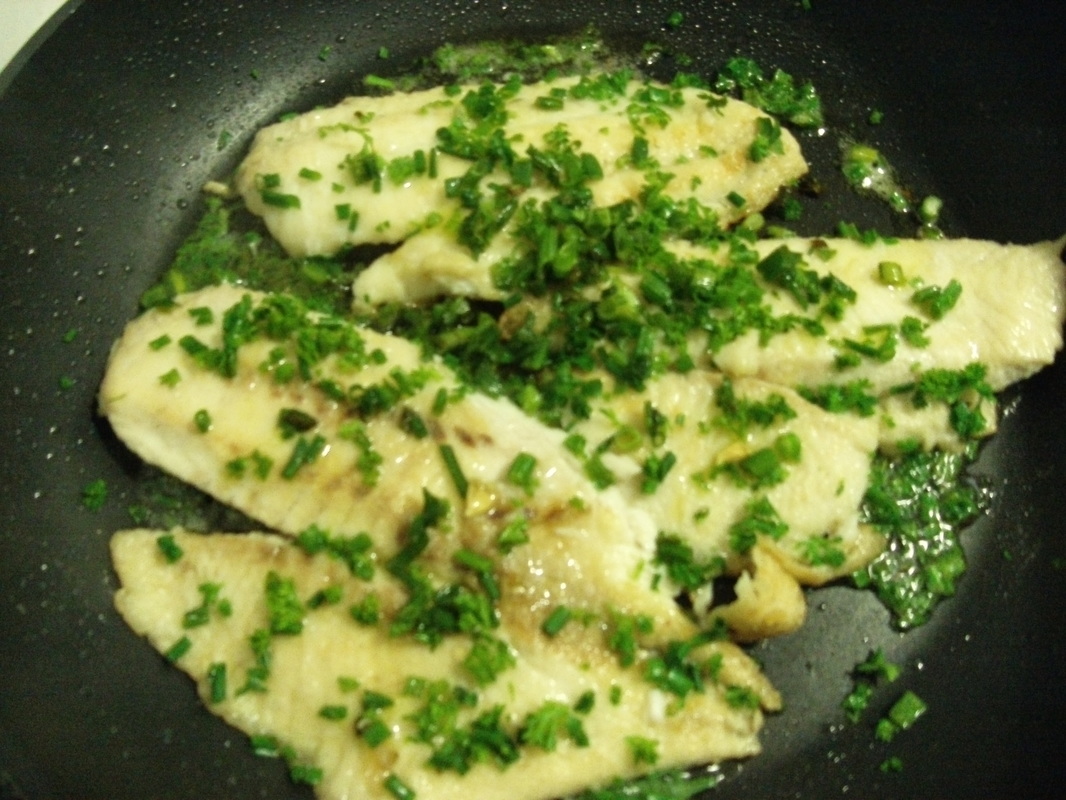
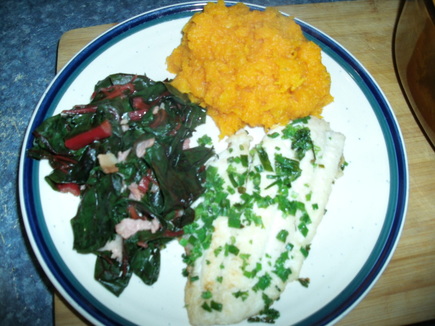

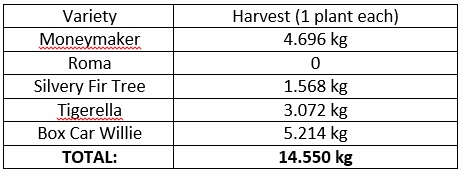
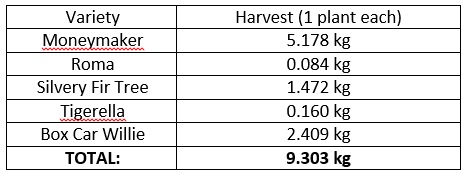

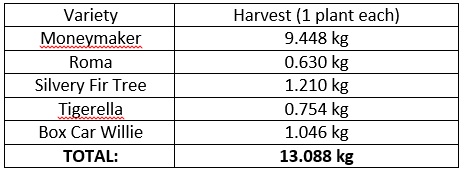
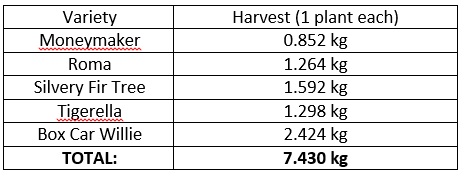
 RSS Feed
RSS Feed
